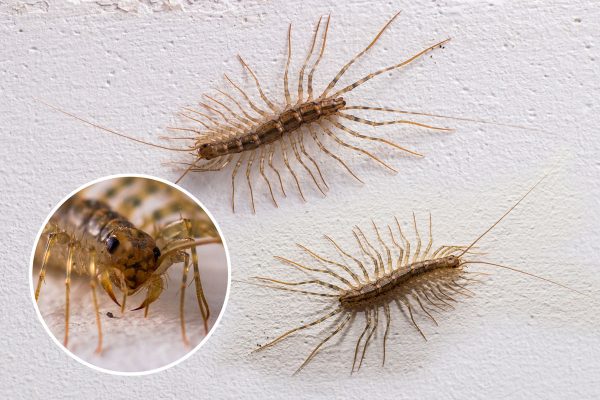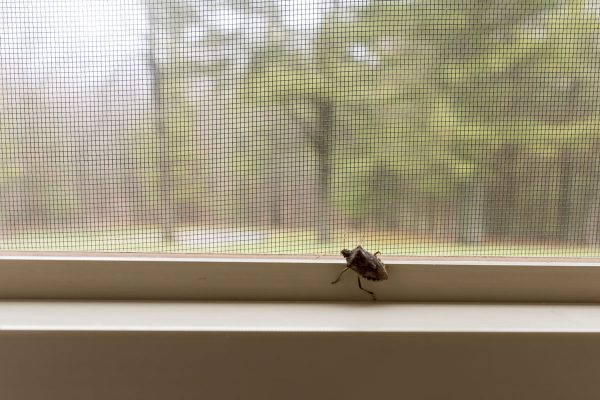Are you having an infestation of Indian meal moths in your pantry, and you’re wondering what you could do to get rid of them? Wonder no more, for we have researched this question and have the answer for you.
Getting rid of the Indian meal moth is a long process that involves changing some of your food storage routines. The summary of the removal and control process for Indian meal moth is as follows:
1. Remove all the contents of your pantry.
2. Inspect each food item for signs of Indian meal moth presence or infestation.
3. Discard all food items that have signs of Indian meal moth presence.
4. Clean everything.
5. Change food storage methods.
Read about the details in the succeeding sections. Learn more about this common moth below and understand the rationale behind the removal and prevention techniques.
Read on!
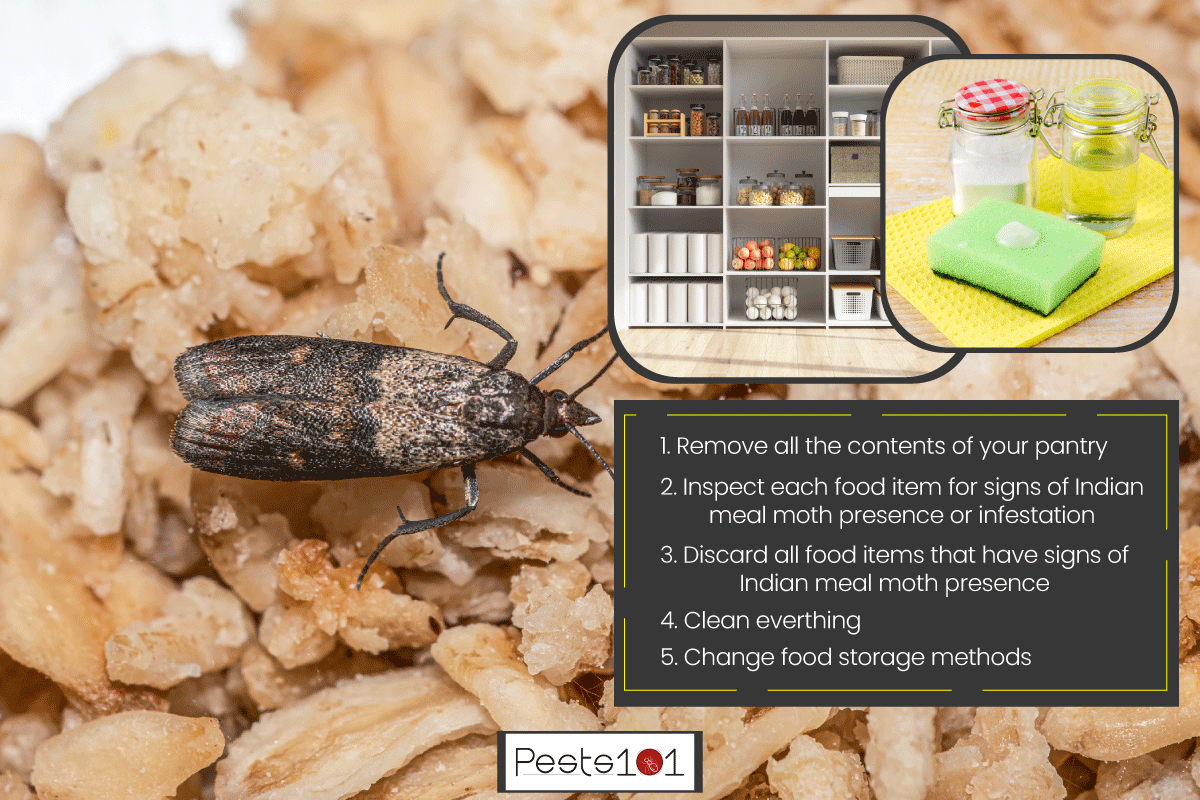
What is the Indian meal moth?
The Indian meal moth is the most common pantry pest in the US. It is a small moth that is commonly mistaken for the closet or clothes moth. What differentiates the two is that the closet or clothes moth always has wings of a single color only, while the Indian meal moth always has wings with two colors.
The Indian meal moth can take months before they reach the mature stage. Thus, if you see Indian meal moths coming out of your pantry, then it is highly likely that there is an infestation inside that has been ongoing for at least several months.
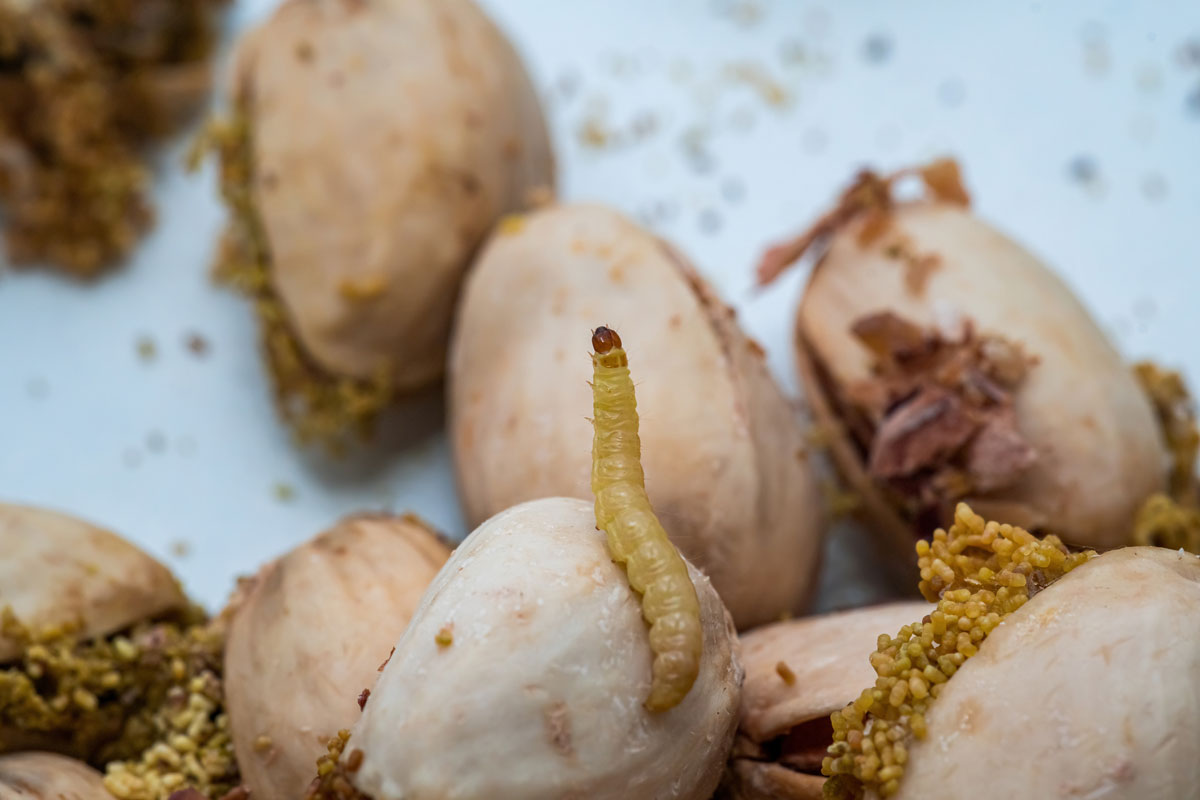
How to get rid of the Indian meal moth?
The elimination and prevention of the Indian meal moth can be accomplished with natural means that do not involve the use of any insecticides.
It is unsafe to use an insecticide inside your pantry because it increases the possibility of getting someone sick due to exposure to insecticide. So, the process that we present below does not involve the use of chemical insecticides.
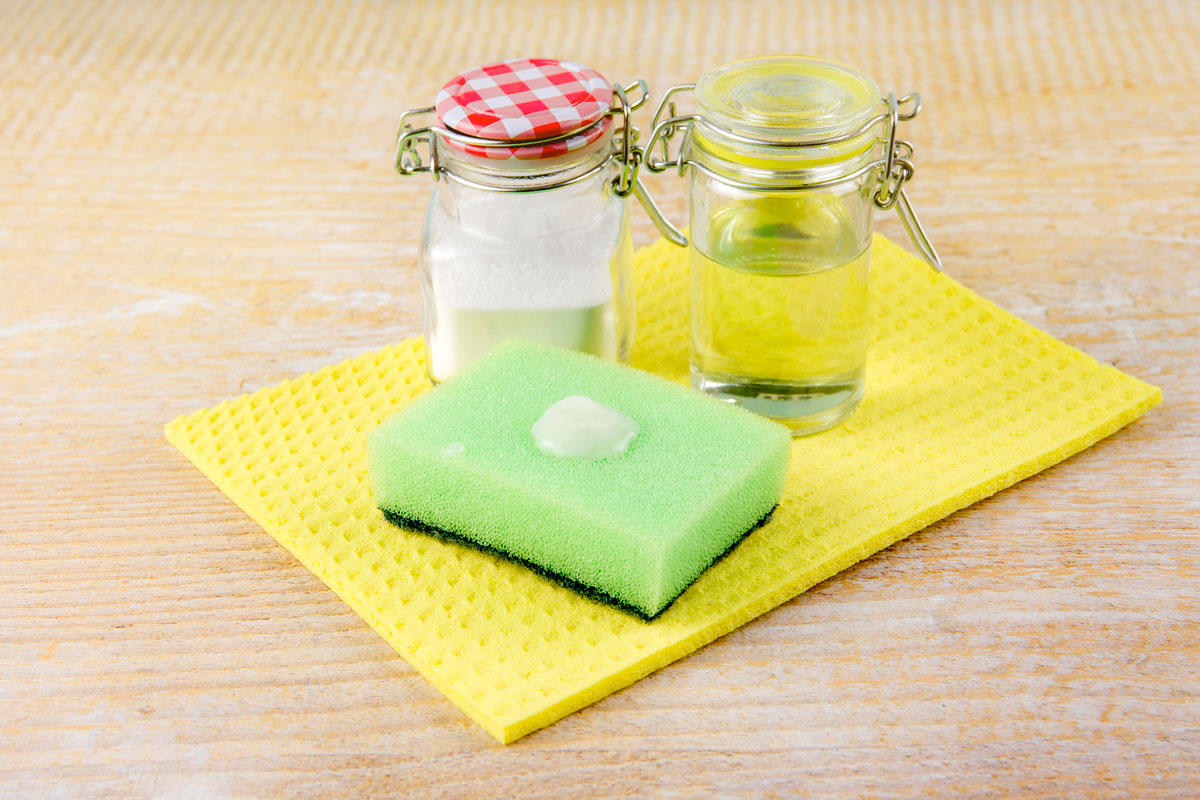
Removing The Contents Of Your Pantry
Controlling the population of Indian meal moths inside your pantry starts by removing the population.
Remove everything, including items that are not food storage or anything that is not involved in food storage or food processing. Move these items to a well-ventilated and well-lit area. An outdoor kitchen is ideal for this purpose. An outdoor table will serve just as well.
Inspecting Food Items
Inspect each food item thoroughly. Look for signs of Indian meal moth presence on the surface of each food package. The color of the larva ranges from off-white to pinkish.
Some brown and green larva has been reported. Food can influence the color of the larva of the Indian meal moth.
Webs are also a sign of the presence of the Indian meal moth. The larva spins a clear silken cocoon that is semi-transparent, allowing you to see the pupae inside.
The pupae are always far from the source of food. This makes it hard to find them in food items, although they can sometimes be found along the edges of containers like cans and boxes. The presence of frass (excrement of insects) in the stored food is also a common sign of an infestation.
Discard All Food Items That Have Signs Of Indian Meal Moth Presence
After inspecting the food from your pantry, separate the food that has signs of Indian meal moth presence and discard them. This might seem like a waste of food. However, keeping any food with an Indian meal moth will not stop the infestation in your pantry.
Dispose of the food in the outdoor trash bin. Keeping them in the kitchen trash can make them come back to spread the problem.
Whenever you are in doubt whether a food item has eggs, larva, or pupa, err on the side of caution and throw it out.
Decontaminating Non-Food Items
The Indian meal moth also infests decorative items that are made from nut husks, shells, etc. You need to decontaminate these items before you can use them if they show any signs of Indian meal moth presence.
Decontamination will kill the eggs and the larva on these items.
Your first decontamination option is to freeze these items. Keep these items in the freezer for four to seven days. The cold will kill the eggs and the larva.
Your second option is to bake the item for an hour in the oven at 140 degrees. You can keep the temperature to 120 degrees, but you need to keep the item inside the oven for two hours instead. Five minutes inside the microwave will also achieve the same effect.
Clean Everything

Remember that the pupae of the Indian meal moth are known to travel far from the food source, where they will sleep inside their cocoon and wait to become an adult.
- Clean cans and sealed containers with pupa with a clean cloth that is dipped in undiluted white vinegar. Do the same thing with other sealed containers even though they do not show signs of any pupa.
- Clean your pantry with a vacuum. Use the nozzle with a brush. Use the brush attachment to scrub all inside surfaces of your pantry—especially the underside of the shelves. Vacuum all the small cracks inside your pantry.
- Scrub the inside of these cracks and crevices with an old toothbrush and vacuum them. You also need to thoroughly clean the surrounding areas and cabinets that are adjacent to your pantry.
- If your pantry has removable shelves, remove them, and clean them thoroughly. Wipe the surfaces with a clean cloth dipped in white, undiluted cleaning vinegar. Wait for the vinegar to dry to get rid of the smell.
Temporary Food Relocation
You can store the food that you buy at a different location while you observe your pantry if any Indian meal moths are still left. Check your pantry every few days and immediately clean it once more if you see any signs of Indian meal moth.
Once you no longer find any Indian meal moth after a few days of inspecting your pantry, you can start to move your food items back. However, you still need to change the way you store your food moving forward to prevent another Indian meal moth infestation.
If you’re wondering what is the best food storage method to prevent another Indian meal moth infestation, the next section has all the information that you need.
What is the best food storage method to prevent Indian meal moth infestation?
It is a good idea to store grains or nuts inside the freezer or inside the refrigerator. However, this will be limited to how much space is available inside the freezer or the fridge.
Food items that are stored inside boxes or unsealed containers when you buy them from the grocery should be moved to an air-tight container. This will prevent any food with moth larva from spreading because they are trapped inside the air-tight container.
In case you bought food from the grocery store that has eggs inside it, the Indian meal moth will not be able to get out of the sealed container to spread once they hatch. It will also be easier for you to dispose of contaminated food this way.
Any Indian meal moth that finds its way into your pantry will not have access to any food if you store all your food inside air-tight containers. They will eventually starve and die.
Always clean any food spills inside your pantry, to starve any potential Indian meal moth larva that makes it there.
Do pantry moths turn into maggots?
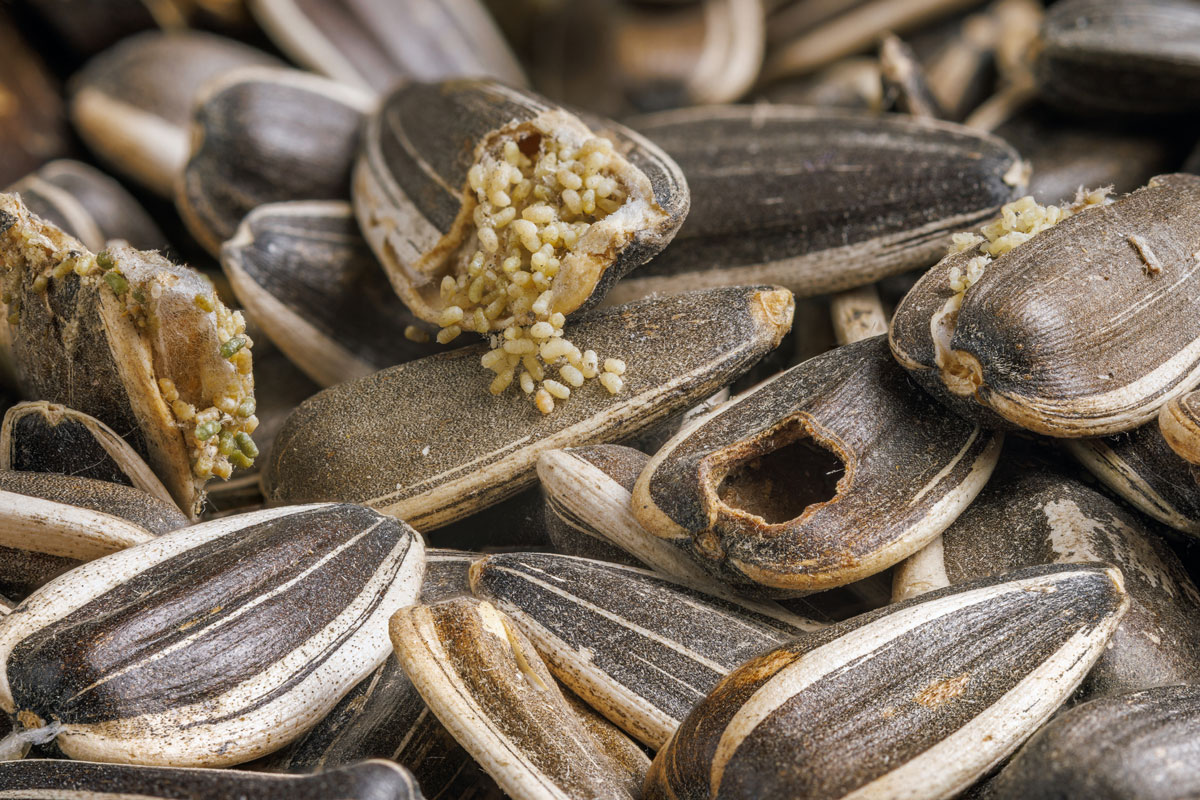
The pale whitish color of the Indian meal moth’s larvae makes it easy for people to think that they are maggots. The larva of pantry moths is a caterpillar, not a maggot. They do not turn into maggots at any point in their lifecycle.
How long do pantry moth larvae live?
The lifespan of the larva usually depends on the availability of food. In most cases, the larval stage will last for two to three months before it will start to spin webbing and form a cocoon around itself.
What is a home remedy to get rid of pantry moths?
Wipe your shelves with undiluted white vinegar. Undiluted vinegar for cleaning is even more effective.
Heinz Cleaning Vinegar is available on Amazon through this link.
You can also spread a few drops of essential oils on the surfaces of your pantry. Essential oils like citronella, eucalyptus, peppermint, or even tea tree are effective in repelling them. Bay leaves also repel many kinds of pantry insects.
MAJESTIC PURE Citronella Essential Oil, is available on Amazon through this link.
Conclusion
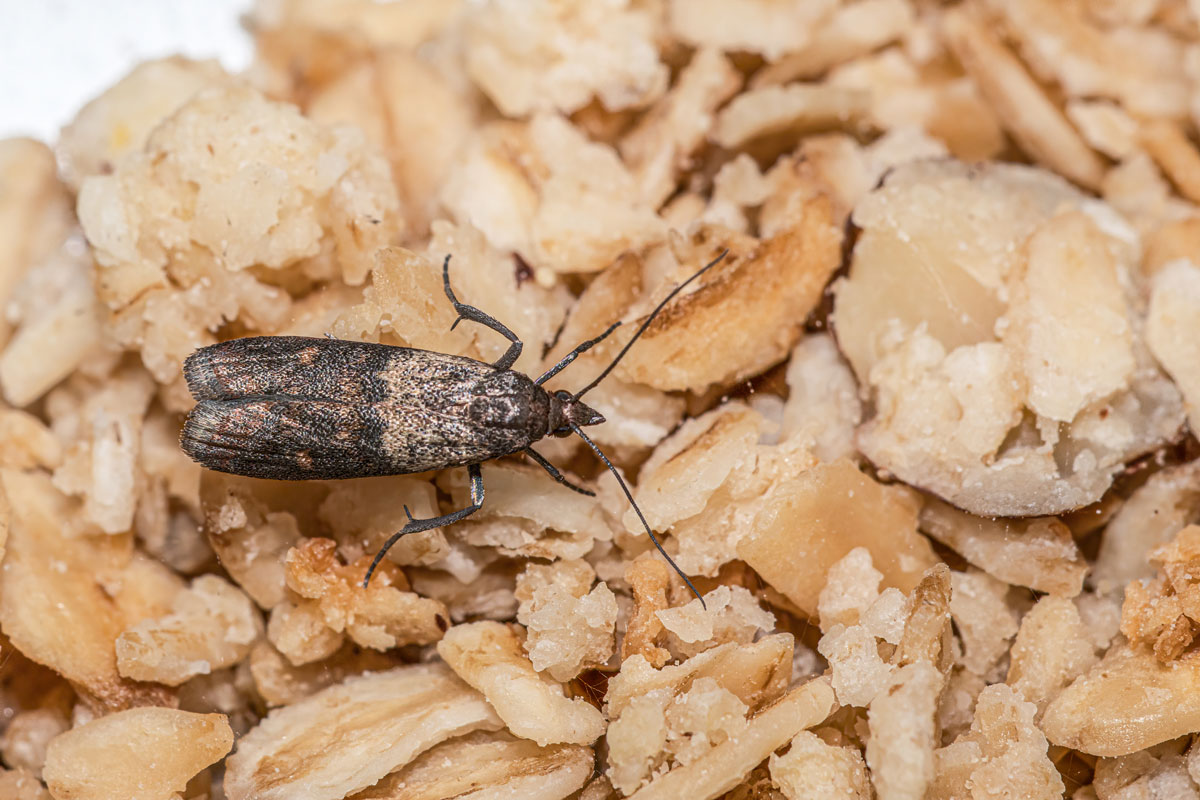
There are many natural ways to get rid of the Indian meal moth without resorting to chemical insecticides. Moreover, prevention is just as easy with natural methods.
If you enjoyed reading this article, you might find the articles below equally enjoyable to read:



